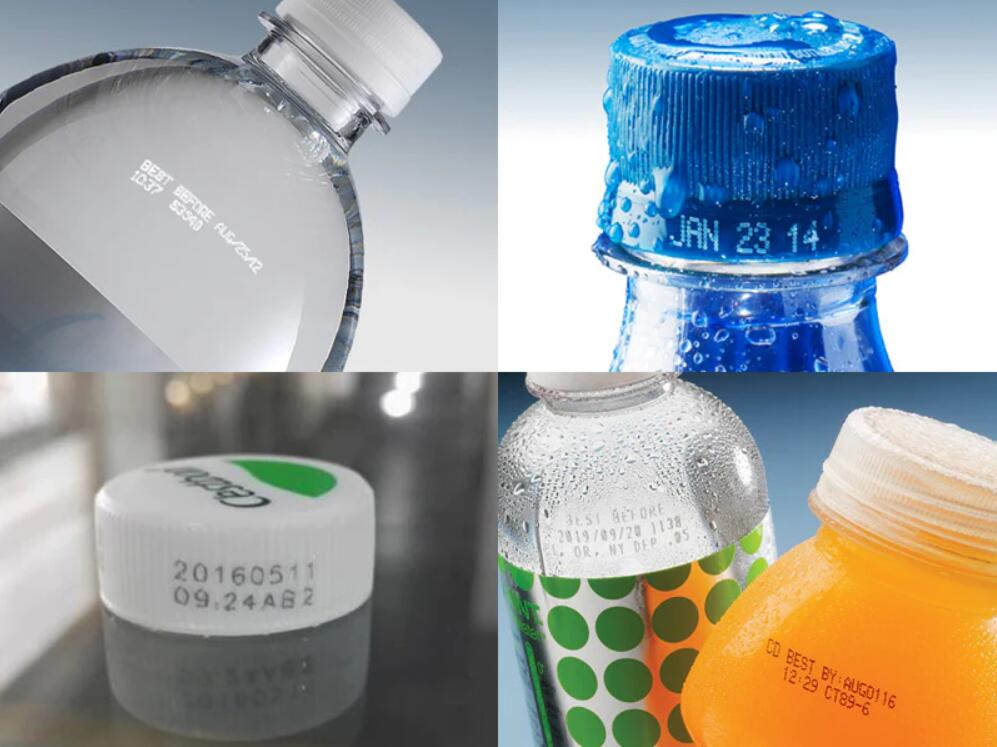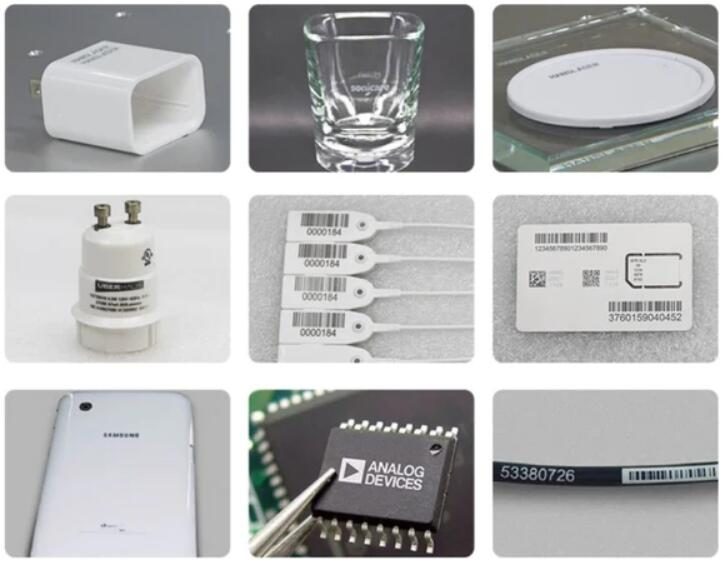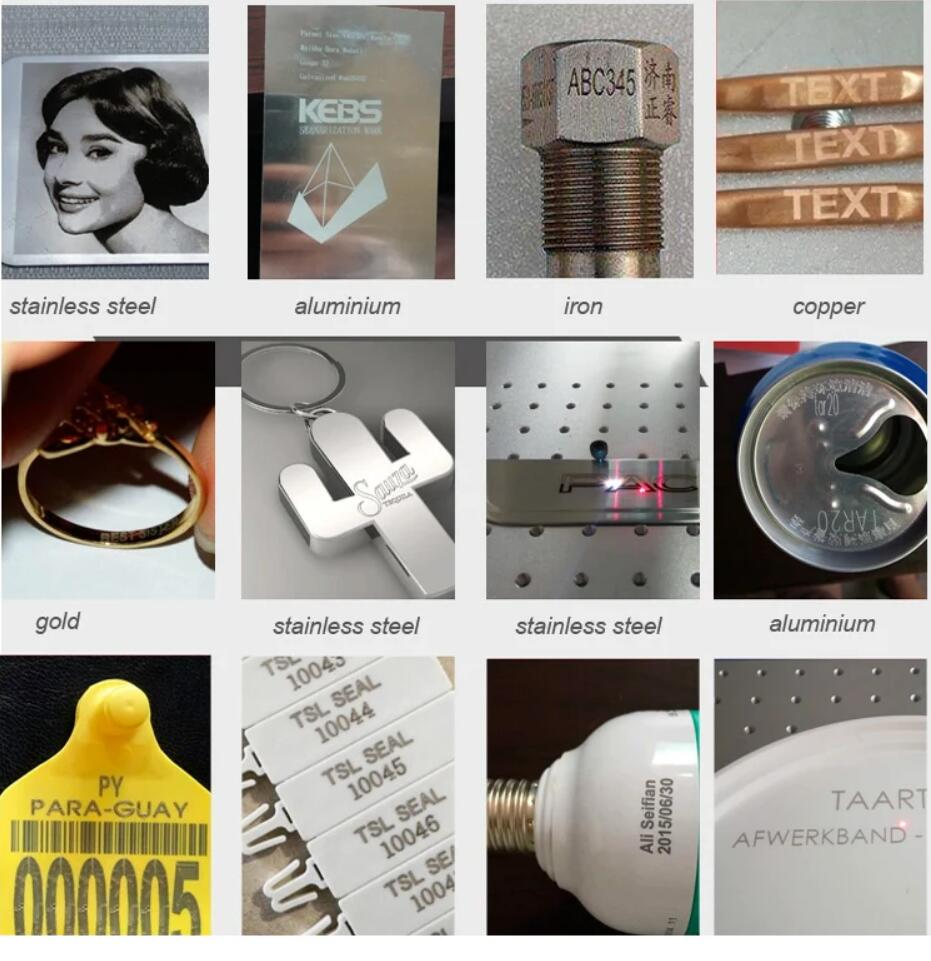With the progress of science and technology, the production and operation mode of various industries have undergone profound changes.
The laser marking industry has also been upgraded in the development of technological innovation, and there are numerous lasers with different substances as media.
Among them, CO2 lasers, UV (ultraviolet) lasers and fiber lasers are the most common in the laser marking industry.
Although all are industry leaders with superior performance, the characteristics of the three are not the same, and there are subtle differences in practical applications.
CO2 lasers operate in the infrared spectrum, typically at a wavelength of approximately 10.6 microns. This wavelength is easily absorbed by organic materials, so CO2 lasers are more suitable for marking non-metallic materials such as wood, paper, plastics, leather and glass; and because of their ability to achieve permanent marking, they are also commonly used for marking serial numbers, barcodes and date codes. As shown in the figure:

UV lasers typically operate in the ultraviolet spectrum at wavelengths from 100 to 400 nanometers, with common wavelengths including 355nm and 266nm, and are used to work with plastics, glass, ceramics, metals and certain types of polymer materials.
UV lasers are known as high-precision "detailers," capable of marking complex designs, small text or intricate patterns, as well as micromachining, semiconductor marking, medical device marking, and intricate artwork on a variety of materials, and their fine resolution is valuable in industries such as electronics, jewelry, and medical devices. Value.
In addition, the shorter pulse duration of UV lasers helps to reduce thermal stress on the marking material, which benefits sensitive components and ensures a high quality mark.

Fiber lasers typically operate in the near-infrared spectral range, usually around 1.06 microns, and this wavelength is ideal for marking a range of materials, especially metals, including stainless steel, aluminum, and copper.
Also fiber lasers can be used in product labeling, serial numbering, bar code and medical device marking jobs, certain plastics and ceramics.

Fiber laser marking machines are known for their high marking speeds, which help to increase productivity and efficiency, and their energy efficiency, which is particularly important for industrial production.
Therefore, when selecting a laser it is important to consider factors such as the specific material to be marked, the required marking speed, and the level of accuracy needed for the application.












